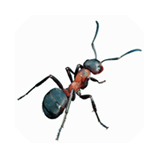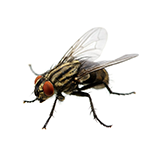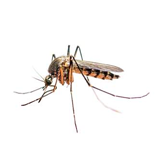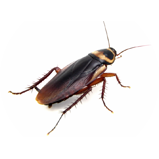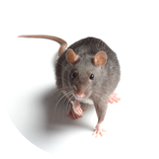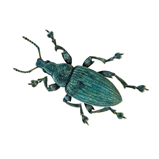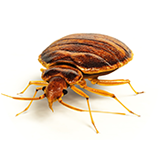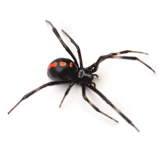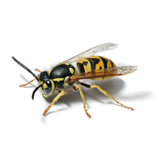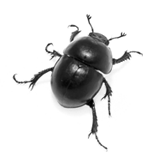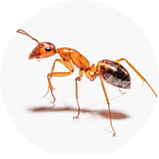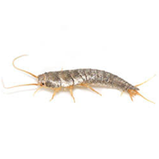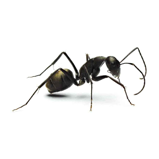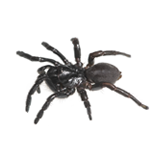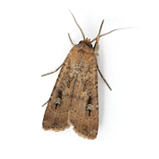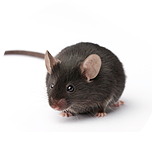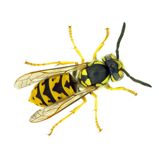All About Pests
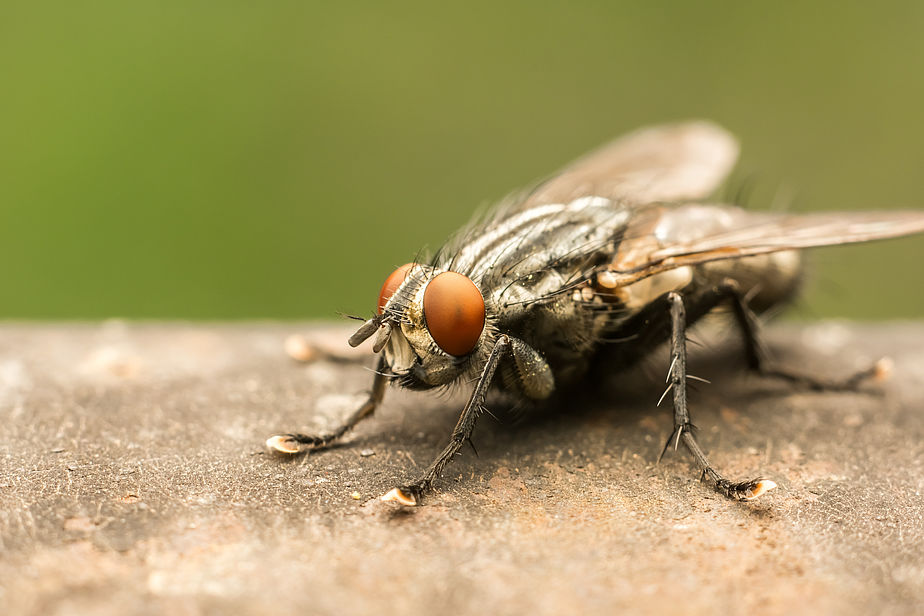
House Fly Control
Depending on the species, the life expectancy of a fly is eight days to two months, or in some cases, up to a year. One pair of flies can produce more than one million offspring in as little as six to eight weeks. For every fly seen, there are an estimated nineteen more hidden from view.
Danger: Flies spread diseases readily because they move quickly from rotting, disease-laden garbage to exposed human foods and utensils. In fact, more than 100 pathogens are associated with flies including salmonella, staphylococcus, e. coli and shigella. These pathogens can cause disease in humans and animals including typhoid fever, cholera, bacillary dysentery, hepatitis, ophthalmia, polio, tuberculosis and infantile diarrhea.
Prevention Tips: Sanitation is critical to controlling these pests, but accurate identification is essential for successful fly control. Make sure to keep lids on garbage cans, clean up pet feces in the yard, and keep screens and doors shut tight to reduce fly populations within the home.
Common Household Pests
We know about pests and you can too.
Visit our Pest Library for information on the habits and habitats of some of the most common pests, plus easy ways to control them.
Free Inspection





